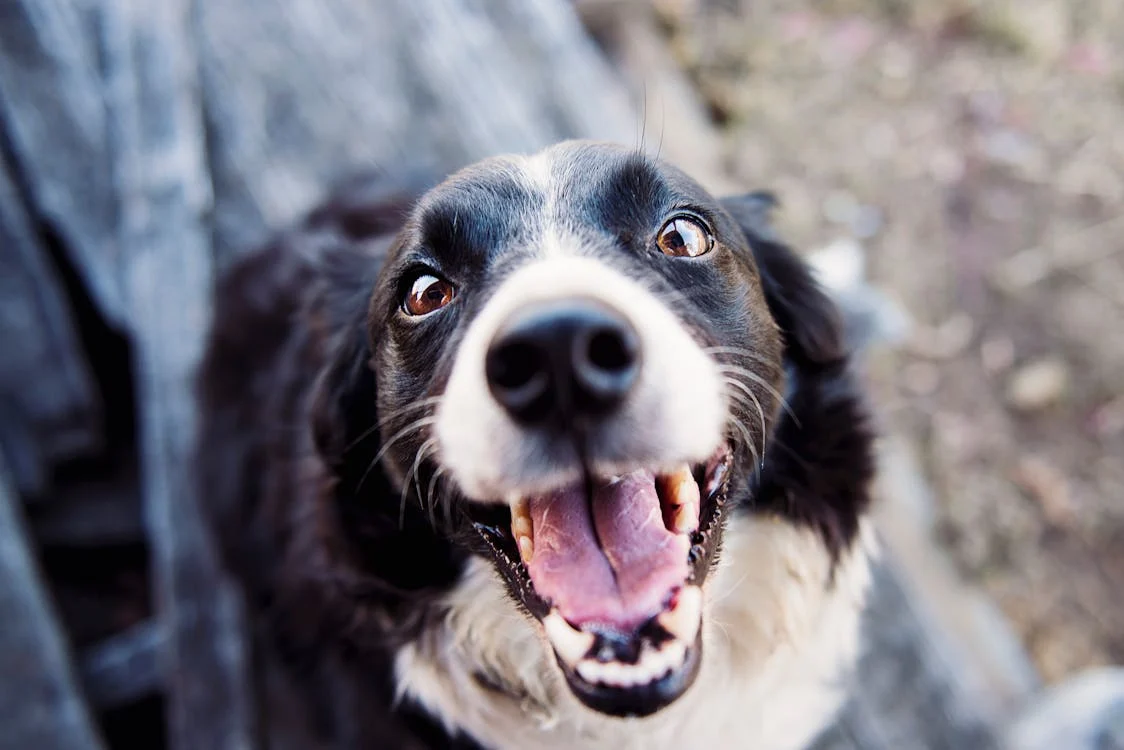Potty training is one of the most important tasks you’ll face when bringing a new puppy into your home. A well-trained puppy leads to a clean house and a happy relationship between you and your pet. This guide will walk you through the process step by step, from understanding your puppy’s needs to creating a routine and dealing with accidents.
1. Understanding Your Puppy’s Behavior
Before diving into potty training, it’s important to understand a few basics about puppies:
- Bladder Control: Puppies have limited bladder control. As a general rule, they can hold their bladder for about one hour per month of age. So, a 3-month-old puppy can wait roughly three hours before needing to go.
- Signs Your Puppy Needs to Go: Watch for behaviors such as sniffing around, circling, whining, or heading toward the door. These are all signs that your puppy may need a bathroom break.
- Routine and Consistency: Puppies thrive on routine, and potty training is no exception. Establishing a consistent schedule will make the process easier for both of you.
2. Choosing a Potty Spot
Whether you’re training your puppy to go outdoors or using indoor pads, having a designated potty area is crucial. When your puppy knows where they’re supposed to go, it reduces confusion and speeds up the training process.
- Outdoor Spot: Pick a specific area in your yard for potty breaks. The scent left behind helps your puppy recognize this area as the correct spot.
- Indoor Training: If outdoor training isn’t an option, choose a designated indoor area with pee pads. Keep this space separate from your puppy’s sleeping or eating areas to avoid confusion.
3. Establish a Potty Training Schedule
Creating a consistent schedule is key to successful puppy potty training. Plan potty breaks for the following times:
- First Thing in the Morning: Puppies need to relieve themselves as soon as they wake up.
- After Eating: Always take your puppy out right after meals. Puppies usually need to go 10-15 minutes after eating.
- After Playtime or Naps: Excitement or naps often prompt the need to go, so be ready to take your puppy out after these activities.
- Before Bedtime: Be sure to let your puppy go out right before settling down for the night.
Stick to this schedule every day to help your puppy develop strong bathroom habits.
4. Crate Training as a Potty Training Aid
Crate training is one of the most effective methods to assist with potty training. Dogs instinctively avoid soiling their sleeping areas, so using a crate can help your puppy learn bladder control.
- Choose the Right Size Crate: The crate should be just big enough for your puppy to stand up, turn around, and lie down comfortably. If it’s too large, your puppy might designate a corner for potty accidents.
- Crate Time: Don’t leave your puppy in the crate for too long. Young puppies should not be crated for more than 2-3 hours at a time, except at night.
5. Positive Reinforcement and Rewarding Good Behavior
Puppies learn best with positive reinforcement. Every time your puppy successfully goes potty in the right spot, immediately reward them.
- Praise and Treats: Use verbal praise like “Good job!” and give your puppy a small treat right after they go. Timing is crucial—rewarding them immediately reinforces the connection between the action and the reward.
- Consistency: Always use the same words or commands when taking your puppy to potty (e.g., “Go potty!”). This consistency helps them understand what’s expected.
6. Dealing with Accidents
Accidents are inevitable during the potty training process. How you respond to these accidents can either slow down or speed up your puppy’s learning.
- Don’t Punish: Never scold or punish your puppy for accidents. Punishment can confuse them and cause fear, making the process harder.
- Clean Thoroughly: Puppies are drawn back to spots where they’ve had accidents before. Use enzymatic cleaners to thoroughly remove any odor.
- Redirect Immediately: If you catch your puppy in the act, calmly interrupt with a phrase like “Uh-oh!” and quickly guide them to their potty area. Once they go in the correct spot, reward them.
7. Nighttime Potty Training
Nighttime potty training can be challenging, especially for young puppies. Most puppies won’t be able to hold their bladder through the night until they are at least 4-6 months old.
- Set an Alarm: Wake up every few hours during the night to take your puppy out. Gradually increase the time between trips as your puppy gets older.
- Limit Water Intake: Take away water about two hours before bedtime to reduce the need for bathroom breaks overnight.
8. Common Potty Training Challenges
Every puppy is different, and some might take longer to potty train than others. Here are a few common challenges:
- Regression: It’s not uncommon for puppies to regress after making progress. Stay consistent with training and routines.
- Distractions: Puppies may get distracted outside and forget to go potty. Keep them on a leash and take them to the same spot until they finish the job.
- Separation Anxiety: If your puppy experiences separation anxiety, they may have accidents even if they’ve been doing well. Addressing anxiety issues can help improve potty training.
9. When to Seek Professional Help
If your puppy continues to have frequent accidents despite consistent training, or if they seem unable to hold their bladder for appropriate lengths of time, consult your veterinarian. There could be underlying medical issues such as urinary tract infections or bladder problems.
Final Thoughts
Potty training takes time, patience, and consistency. Every puppy will learn at their own pace, so it’s important to stay positive and encourage their successes. With the right routine, rewards, and guidance, your puppy will be potty trained in no time!
By sticking to these steps and being patient, you’ll set your puppy up for success and build a strong, positive relationship that will last for years to come.

